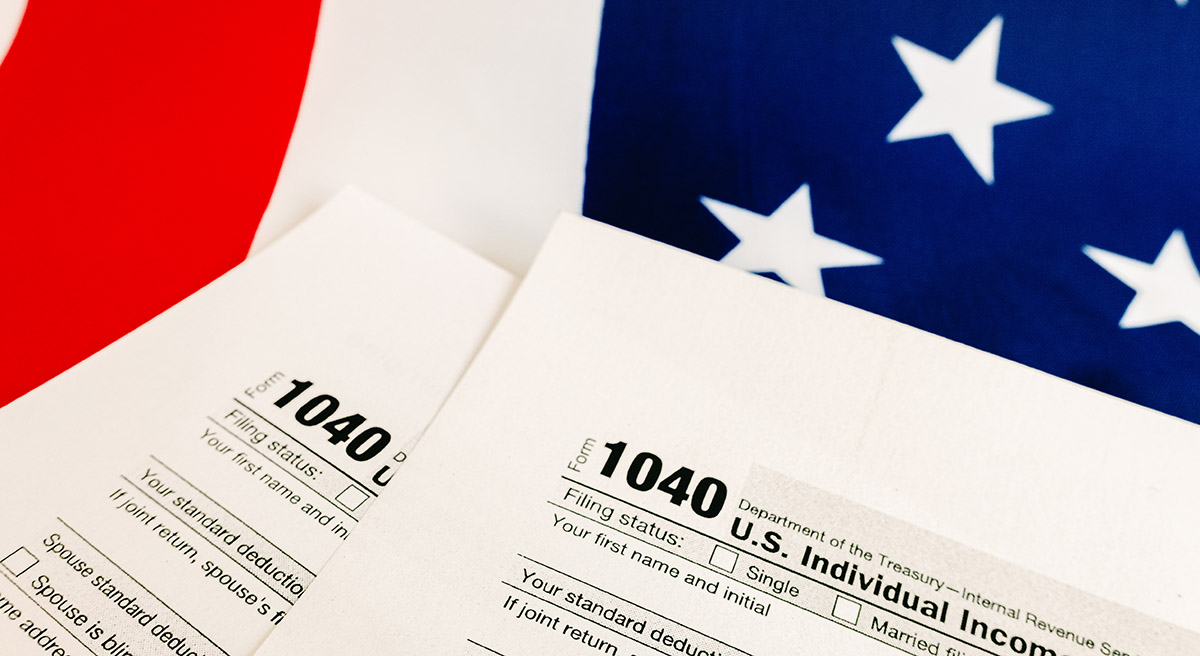By Rose Chu:
Thanks to the Democrats in the U.S. House and Senate, there are a number of changes to help taxpayers, including Economic Impact Payments, relaxation of IRA and 401(k) requirements, charitable deduction for those not itemizing, and provisions for the self-employed.
Economic Impact Payments
The Economic Impact Payments (also known as stimulus payments) are not taxable and cannot reduce your tax refund. Whatever you received should still be entered on your tax forms in case you didn’t receive the full amounts. If you use software to do your taxes, the 2020 tax software programs will ask what you received during the first and second rounds of the stimulus payments. If you do your taxes without software, you can follow the instructions for Form 1040-SR for 1040 line 30.
For those unfamiliar with the program’s specifics: The first Economic Impact Payment (mostly distributed April-May 2020) was $1,200 ($2,400 for married filing jointly) plus $500 for each qualifying child under age 17 based on 2019 or 2020 tax filing.
The second Economic Impact Payment (mostly distributed January 2021) was $600 ($1,200) for married filing jointly) plus $600 for each qualifying child under age 17 based on 2019 or 2020 tax filing. Mixed immigration status families are eligible for the second payment.
The payments phase out between incomes of $75,000-$99,000 for single filers and $150,000-$199,000 for married filing jointly.You can check on your payment status here: Check on your payment status here.
If you didn’t get the full Economic Impact Payments for which you qualified based on 2020 income, you may be eligible to claim the Recovery Rebate Credit on your 2020 tax filings. If you got more than what you were eligible for, the payments still won’t increase your taxes or reduce your tax refund.
IRA and 401(k) Distributions and Contributions
Required minimum distributions (RMD) are not required for any taxpayer for 2020. Recontribution of any 2020 RMD can be made with Form 8915-E. The new start age for annual RMD is 72 (previously 70½) and distributions must be made by April 1 of each year following the year the taxpayer reaches age 72.
Penalties for early distribution (age under 59½) of IRA or 401(k) withdrawals up to $100,000 in 2020 have been waived due to COVID. The distributions can be spread over tax years 2020, 2021, and 2022.
Starting in 2020, there is no age limit for IRA contributions as long as the tax filer or spouse has earned income or taxable compensation (taxable alimony, taxable non-tuition fellowship payments and stipends or Medicaid waiver payments) in the year of the contribution.
The deadline for 2020 IRA contributions is not until April 15, 2021. You can get an IRA deduction with incomes less than $75,000 for single filers and less than $206,000 for married filing jointly even if you have a retirement plan at work. If neither the tax filer nor spouse has a retirement plan at work, there is no income limit for the IRA deduction.
Self-Employed
Those who are self-employed but couldn’t work because of COVID, self-quarantine, or the need to take care of children or other family members due to COVID can qualify for sick or family leave compensation on their 2020 tax filings. The amount of relief provided is based on 2019 or 2020 net income from self-employment. For family leave, the total time that can be requested is capped at 10 days and the maximum compensation is capped at $511 per day; for family leave, the maximums are 10 days and $200 per day.
In addition, the employer share of Social Security tax can be deferred as on Schedule SE Part II and Schedule 3, line 12e. Half of the deferred amount is due December 31, 2021, and the remaining deferred amount is due December 31, 2022.
Those who had a Paycheck Protection Plan (PPP) Loan (which is forgivable) do not report the loan on their tax filing.
Charitable Deductions under Standard Deduction
Taxpayers not itemizing deductions can claim up to $300 per tax return for charitable deductions that are paid by check or cash (but not through in-kind goods). Next year the maximum deduction changes to $300 for single filers and $600 for married filing jointly.
Virginia Taxes
The Virginia provisions have not changed from last year, but for Virginia tax filing, remember to subtract items such as unemployment and disability income, income and sales from Virginia bonds and other obligations, Virginia 529 college fund contributions, and lottery prizes less than $600. Virginia deductions include long-term care premiums, child and dependent care expenses, sales tax on energy efficient equipment and appliances, and the difference from Federal charitable mileage (4 cents a mile). Interest and dividends from federal obligations may be taxable for Federal but not for Virginia or for Virginia but not Federal. Interest and dividends for non-Virginia state and municipal obligations that are not taxable for Federal but are for Virginia.
AARP is providing tax assistance by appointment only starting at limited locations
AARP is working on locations for taxpayers to have their tax information scanned so volunteers can prepare the taxes on secure laptops. Contact Rose Chu (fc4018@iname.com) for more information.
 Rose Chu is a volunteer AARP tax counselor. She is a longtime member of the Mason District Democratic Committee and treasurer of the 8thCongressional District Democratic Committee. She is also the treasurer of the Democratic Asian Americans of Virginia, the official Asian Caucus of the Democratic Party of Virginia.
Rose Chu is a volunteer AARP tax counselor. She is a longtime member of the Mason District Democratic Committee and treasurer of the 8thCongressional District Democratic Committee. She is also the treasurer of the Democratic Asian Americans of Virginia, the official Asian Caucus of the Democratic Party of Virginia.
Rose also wrote a Blue View article on obtaining health insurance: Blue View article on obtaining health insurance.
Like this story? Share it on social media.

